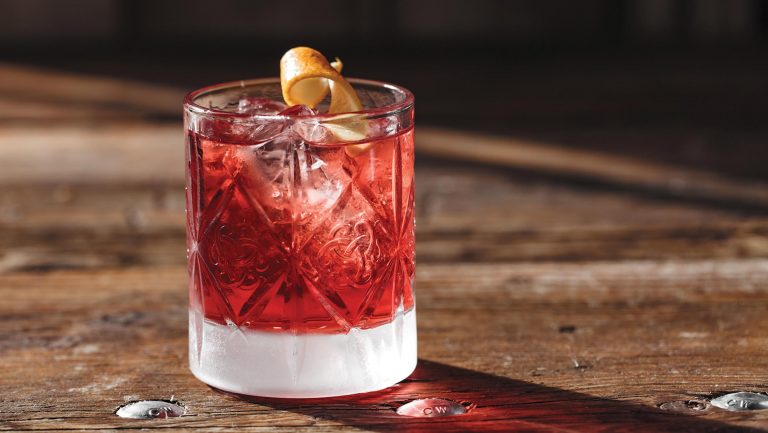
Bartenders share their approach to the rising demand for low-octane drinks and mindful drinking spaces—and even the “sober bar”
When William Grant & Sons threw its annual opening-night party at the Tales of the Cocktail conference in 2018, both headlines and head scratches were generated by the all-alcohol-free drink menu. As the company’s spirit portfolio ambassador, Charlotte Voisey, points out, the zero-ABV angle was an acknowledgment that many in the business were, for one reason or another, nondrinkers. “We wanted to support them,” she says, “in their decision that not to drink all the time was okay.”
But the party turned out to be predictive of what has since become a full-blown trend. And bars are not just offering more than soda and juice—we’re talking upscale no- and low-alcohol cocktails made with unusual ingredients and as much care as any craft cocktail. [Read more]
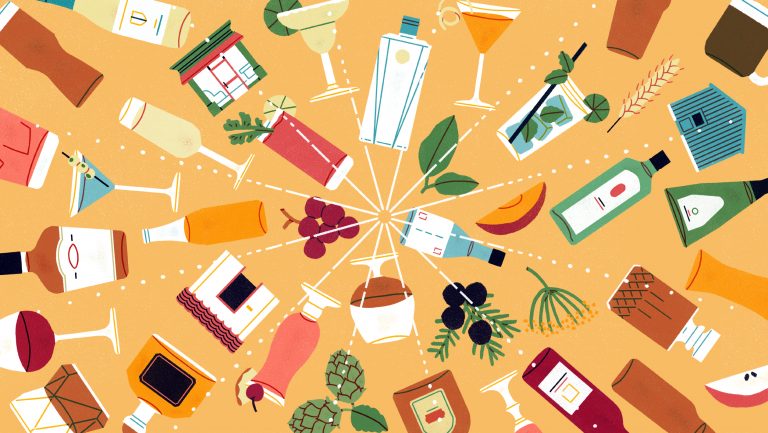
Don’t miss the latest drinks industry news and insights. Sign up for our award-winning Daily Dispatch newsletter—delivered to your inbox every week.

Largely dependent on U.S. bars and restaurants, Mexico’s craft distilleries are in trouble, and trying to find new ways to connect with consumers
Cascahuin Tequila is among the many boutique agave spirits championed by U.S. bartenders who have pushed the diversity of Mexico’s distillation traditions into the spotlight. But shortly after the American on-premise sector shut down due to COVID-19, the distillery paused production. By the end of April, sales had decreased 70 percent.
“We’re trying to maintain, not just to survive, as a company, but to also support our employees,” says Salvador Rosales Trejo, a third-generation tequila producer in El Arenal, Jalisco. Although he’s managed to keep employees on payroll, Trejo says he and neighboring producers are bracing for an uncertain future. [Read more]
3. All Japanese Whiskies Are Not Created Equal
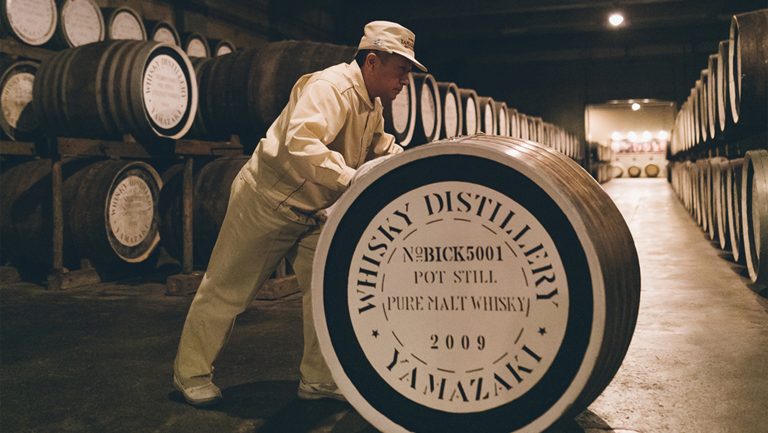
Faced with an influx of new brands, many from dubious sources, distillers push for transparency within their elusive category
It may have been inevitable. Once Japanese whiskies started winning international awards and developed a fanatical base in the U.S., demand swiftly outstripped supply. Major producers were forced to allocate their suddenly popular brands and began emphasizing their blended malt and grain whiskies—as opposed to their headline-making single malts—in order to satisfy customers while they built up stocks.
However, because the Japanese whisky industry is largely unregulated, there are many other new Japanese whiskies entering the market, with unknown origins, blends, or production methods. Japanese distillers have always been allowed, for example, to blend imported and domestic whisky, and to export a blend made of 100 percent imported spirit and still label it as Japanese in origin. But the influx of elusive newcomers taking advantage of these lax rules has many distillers demanding change. [Read more]
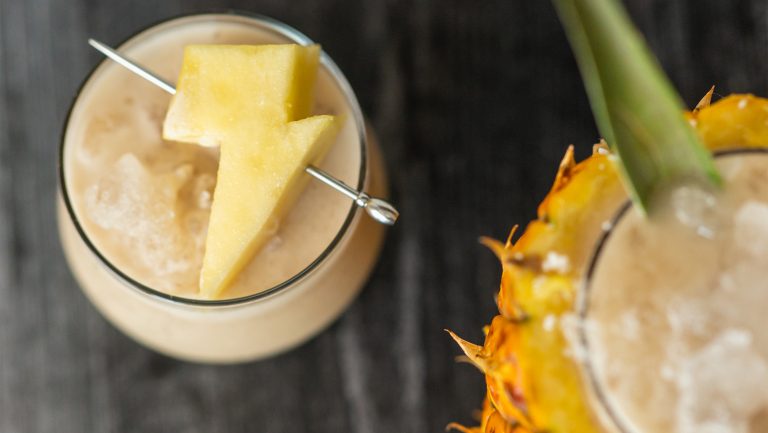
Many assumed the pandemic would end the sober-curious movement. They were wrong
At the start of 2020, the sober-curious movement seemed poised to be the beverage world’s biggest story. Refreshingly flavorful nonalcoholic beers, spirits, and cocktails were arriving in bars, restaurants, and grocery stores across the country, helping to remove the stigma of removing alcohol.
Then COVID-19 hit, which seemed likely to squelch the zero-proof momentum. In today’s tense nation, which has been engulfed by wildfires, racial injustice, and a pandemic, would consumers really be reaching for a nonalcoholic IPA? [Read more]
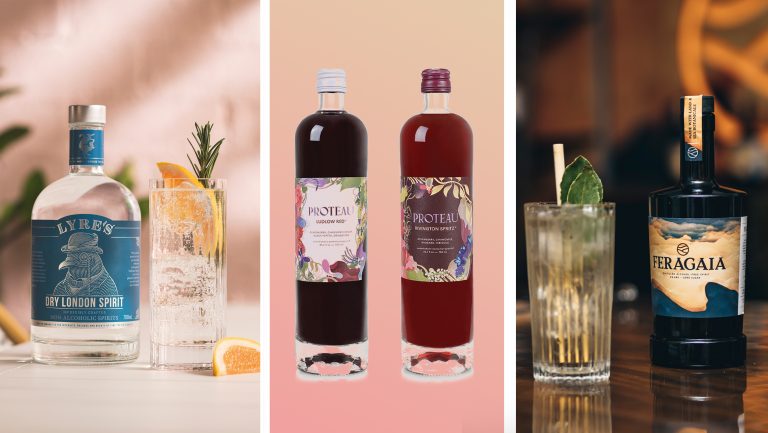
How a growing number of producers are creating a range of innovative ethanol-free spirits that aim to achieve flavor and textural complexity sans ethanol
What do you call a beverage that professes to be a spirit but doesn’t contain any alcohol? There are a number of terms, including virgin, zero proof, botanical drink, and nonalcoholic spirit, to name a few. In the past few years, in response to the rise of the sober-curious movement, a growing number of new brands have entered the market, some created as nonalcoholic replacements for traditional spirits, others representing themselves as something entirely new. [Read more]


